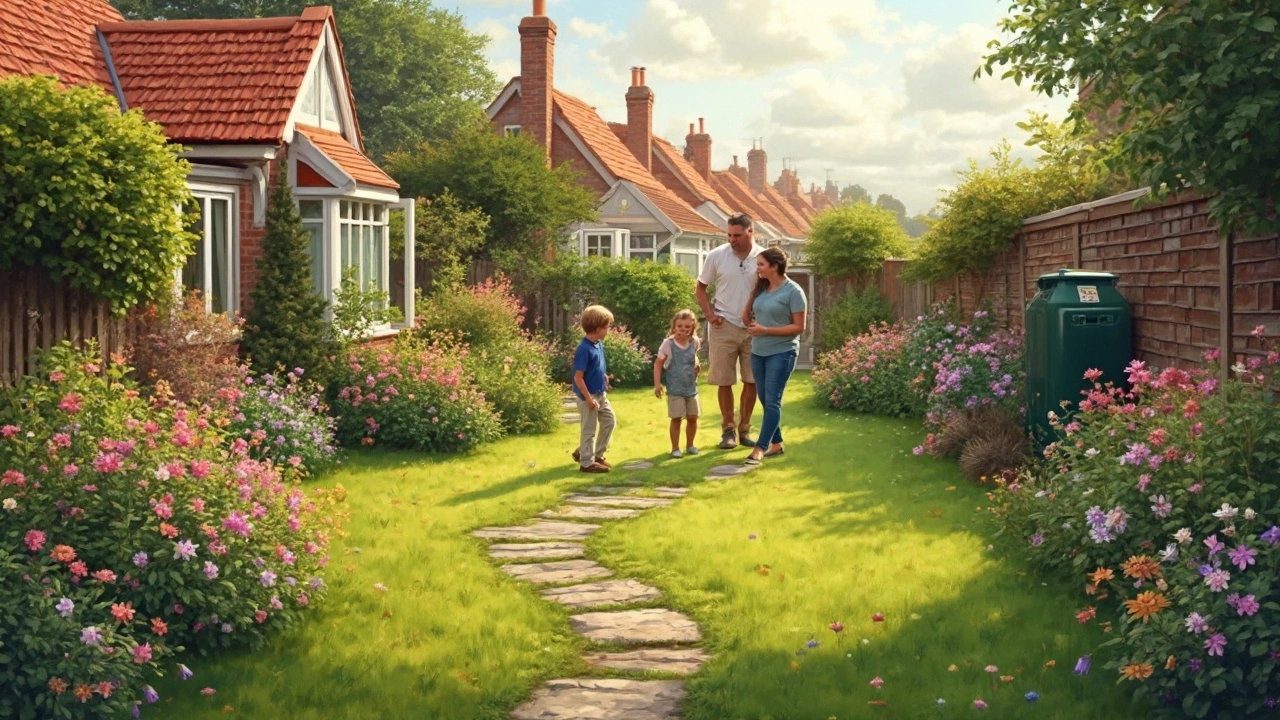This article digs into the smartest ways to landscape your yard without draining your wallet. You'll find clear advice on where to spend, where to save, and tricks that stretch your landscaping dollar. Get real tips for picking plants, reducing maintenance, and using materials that offer the best value. If you want a good-looking yard that’s easy on your budget, you’re in the right place. No hype, just practical ways to get the most from every landscaping buck.
Save Money Landscaping: Real‑World Tips to Cut Costs
Want a nice garden but hate the price tag? You don’t need a huge budget to get a great look. Below are simple, proven ways to stretch every pound. Follow the steps and you’ll see a big difference without hiring a designer.
Start with a Smart Plan
First, draw a quick sketch of the area. Mark where you want grass, pathways, and planting beds. Knowing the shape helps you buy only what you need and stops you from over‑ordering soil or stone. Keep the design simple – straight lines and a few zones cost less than a winding maze.
Next, set a realistic budget. Write down the biggest costs – usually soil, plants, and hard‑scape items. Then decide how much you’ll spend on each. Having a clear limit means you’ll avoid impulse buys that blow up the total.
Measure the space accurately. A tape measure or a phone app can give you the exact square meters. With those numbers you can calculate the amount of topsoil, gravel, or mulch you really need. Most suppliers charge by the cubic metre, so precise numbers stop you from paying for extra material that just sits unused.
DIY Tricks That Really Save
Buy plants from local growers or garden centres at the end of the day. Many discount the stock that’s been out for a while, and the plants are still healthy. Look for native species – they need less water and fertilizer, which cuts long‑term costs.
Repurpose old materials. A broken concrete slab can become a stepping stone. Clean up pallet wood, sand it down, and use it for raised beds or garden edging. You’ll save on buying new timber and get a rustic look.Mix your own soil. Instead of buying pricey ready‑mix, combine garden compost, sand, and a little peat. The ratio 1:1:1 works for most garden beds and gives you control over quality.
Mulch with shredded bark, leaf litter, or grass clippings you already have. It suppresses weeds, retains moisture, and you avoid buying bags of commercial mulch.
When laying a patio, use a simple sand‑and‑gravel base instead of poured concrete. A compacted layer of crushed stone topped with sand creates a stable surface for pavers and costs far less than a full concrete slab.
Finally, keep the garden tidy. Regularly pull weeds, prune dead branches, and clean pathways. Maintenance costs stay low when you stay on top of small jobs instead of letting problems grow.
Quick checklist: sketch your layout, measure accurately, set a budget, buy plants on sale, reuse materials, make your own soil, mulch for free, and stay on top of maintenance. Follow these steps and you’ll see a beautiful garden without blowing your bank account.
